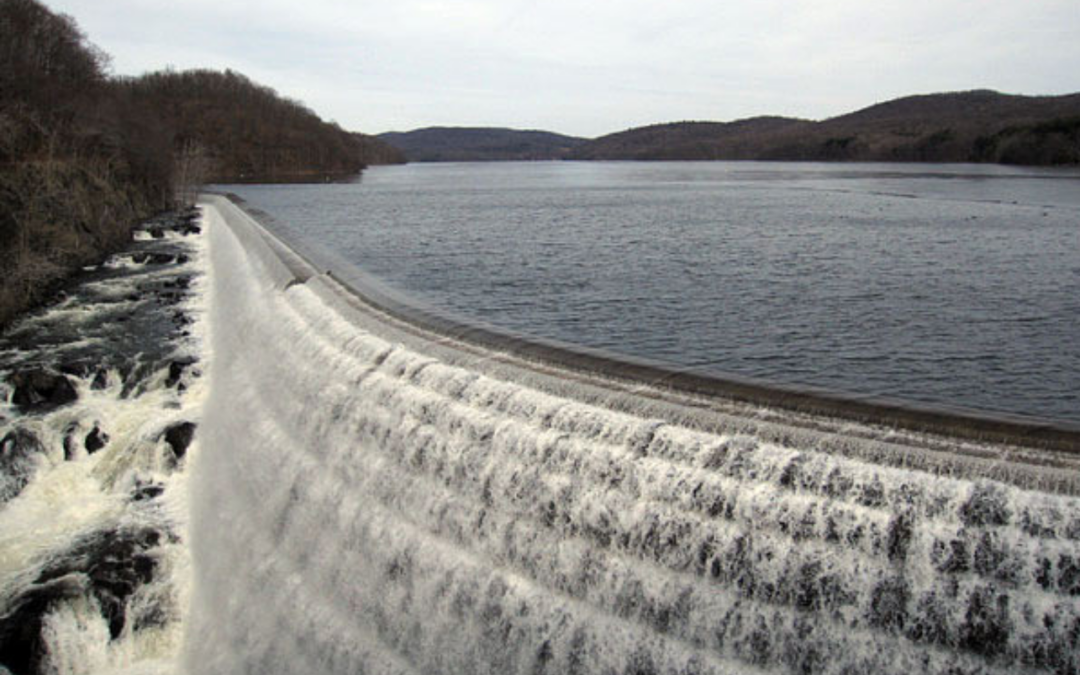The US is currently grappling with a severe and escalating crisis in its water infrastructure. Decades of neglect, underfunding, and a lack of comprehensive policy reforms have left this critical system on the brink of failure. The nation’s water infrastructure, which includes water treatment plants, pipelines, dams, and reservoirs, faces numerous challenges that threaten both public health and economic stability.
A significant portion of the country’s water infrastructure dates back to the early 20th century. Many pipes and mains, particularly in older cities, have far exceeded their expected lifespan of 75 to 100 years. The American Society of Civil Engineers (ASCE) periodically grades the nation’s infrastructure, and water systems consistently receive poor marks. The 2021 ASCE report card gave the nation’s drinking water infrastructure a C- and wastewater infrastructure a D+. These grades reflect widespread issues such as frequent pipe breaks, contamination risks, and system inefficiencies.
One of the primary reasons for the current state of disrepair is inadequate funding, which, over time, jeopardizes safe drinking water and effective wastewater treatment. However, federal funding has generally fallen short of these needs. Local governments, which bear the brunt of maintenance and upgrades, often lack the financial resources to address these extensive requirements.
Aging infrastructure not only struggles with capacity and reliability but also poses serious health risks. Lead contamination, a prominent issue that infamously plagued Flint, Michigan, has emerged in several other municipalities. Lead pipes, which were commonly used until the 1980s, still serve millions of homes. Corrosion control measures sometimes fail, leading to lead leaching into drinking water. This contamination can cause severe health problems, particularly in children, including developmental delays and neurological damage.
Additionally, the nation’s water systems face increasing pressure from climate change. Increasingly frequent and severe weather events like hurricanes and heavy rainfall, can overwhelm outdated and under-maintained systems. Flooding can damage water treatment plants, leading to sewage overflows and contamination of water supplies. Prolonged droughts strain water resources, making it difficult to maintain adequate supply for both drinking and agricultural purposes.
Addressing the water infrastructure crisis requires a multifaceted approach. Increased investment is critical. The federal government must significantly boost funding for both immediate repairs and long-term upgrades. The Bipartisan Infrastructure Law, passed in 2021, allocates substantial funds for water infrastructure, but this represents only a fraction of what is needed. Public-private partnerships could also play a role in bridging the funding gap. Private investment can help finance large-scale projects, though these arrangements must ensure that water remains affordable and accessible to all.
Innovation and modernization of technology will be crucial. Advanced monitoring systems can detect leaks and potential contamination events more quickly and accurately than traditional methods. Smart water meters and automated infrastructure management systems can optimize water usage and maintenance schedules, reducing waste and improving efficiency. Additionally, the adoption of green infrastructure, such as permeable pavements and rain gardens, can help with stormwater runoff management, reducing the burden on aging sewer systems.
Similarly, policy reform at the federal, state, and local levels is an essential part of the recovery process. Strengthening regulations on contaminants and setting stricter standards for water quality can protect public health. Encouraging conservation and sustainable water management practices can alleviate some of the pressures on the system. Furthermore, integrating water infrastructure planning with broader urban planning efforts can ensure more resilient and adaptive systems.
Community engagement and education are also pivotal, as public awareness campaigns can inform citizens about the importance of water conservation and the need for infrastructure investment. Encouraging community involvement in local water management decisions often fosters ownership and responsibility, leading to more sustainable practices and greater support for necessary projects.
As the US water industry strives for balance and sustainability, related businesses will undoubtedly need to take stock of their existing water infrastructure and protocol – including, in part, high-level valuation and appraisal. In this vein, Appraisal Economics can provide such services to simplify the process and keep businesses focused on a more stabilized future.

